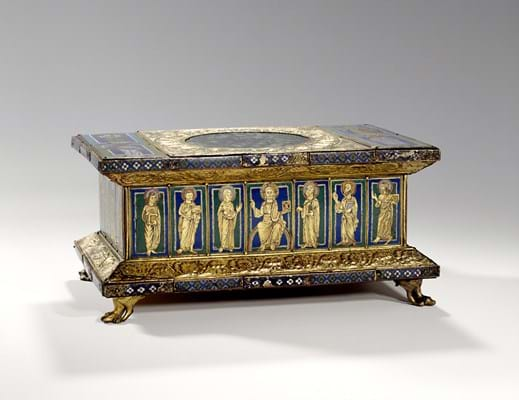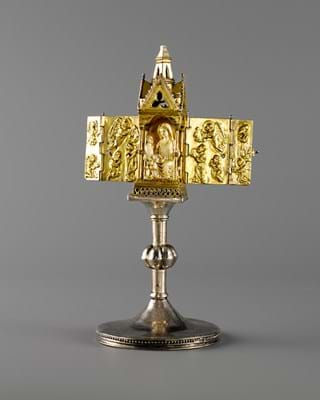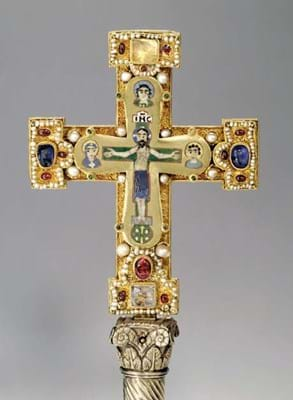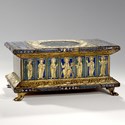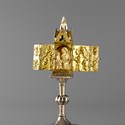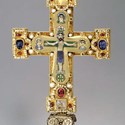The court rejected arguments by the Prussian Cultural Heritage Foundation (SPK) that the $250m claim should be dismissed – although it has removed Germany as a defendant in the case.
The long-running case, that moved to the US in 2014 after a committee in Germany concluded that restitution was not appropriate, centres on the Guelph Treasure housed in Berlin’s Kunstgewerbemuseum. The heirs of three Frankfurt art dealers claim that in 1935, the Nazis forced their families to sell the 44 pieces at 35% of the market price. The heirs are demanding the return of the objects or $250m.
The lawsuit is among the first heard under the new Holocaust Expropriated Art Recovery Act, signed into US law in December 2016. The act has eliminated statute-of-limitations hurdles, making it easier for Nazi-related restitution claims to be filed in the US.
In March 2017 a US district judge had ruled the heirs could proceed with their case on the grounds that the plunder of Jewish property was part of genocide. Last week an appeals court agreed.
Jurisdiction over Germany
It is the first decision in which a US court has held that it has jurisdiction over Germany for a claim to Nazi-looted or purchased art and it recognises that claims around forced sales from the early days of the Nazi regime can be considered in the US courts.
Following the decision, Dr Hermann Parzinger, president of the Prussian Cultural Heritage Foundation (SPK) issued a statement saying: “It is SPK’s long-held belief that this case should not be heard in US court, and we remain committed to demonstrating that the case has no merit, as the Guelph Treasure’s sale more than 80 years ago was not a forced sale due to Nazi persecution.”
The so-called Welfenschatz or Guelph Treasure, assembled by the dukes of Brunswick over nine centuries, was sold in 1929 to a consortium of dealers from Frankfurt.
They negotiated the sale of around half the 82 pieces to museums and collectors in the US and Europe. However, the remaining items were acquired in 1935 by the Prussian State for 4.25m reichsmarks. The Limbach Commission, formed to assess Nazi-era property claims, decided the deal had been consensual and deemed the low price a consequence of the collapse of the German art market after the Depression.
However, the plaintiffs in the current case say that it was simply not possible for Jewish art dealers to achieve a “fair deal” in 1930s Germany. They add that much of the money was later seized in exorbitant ‘flight taxes’ as they fled the Reich.


